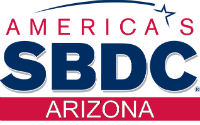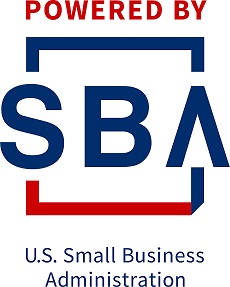By Marco Carbajo, Guest Blogger (originally published at: https://www.sba.gov/blogs/5-key-ingredients-creating-small-business-website)
A website is an essential element for running a successful business. A business without a website can potentially lose out on great opportunities since potential customers can’t reach you, find you and learn about you online.
Creating a small business website can lead to many different ways to market your business and help it grow much faster than relying on traditional marketing methods alone. If you’re looking for a way to reach more customers, or people to influence, the internet is where your business needs to be.
With over 78% of adult Americans using the Internet and a remarkable 2.2 billion people online worldwide, it’s no surprise that small businesses with websites experience an average of 39% greater revenue per year than those without websites, according to the Small Business Administration.
Not only does having a small business website establish credibility with consumers; it also is the first face of your company that lenders will see. It’s an important first step to complete prior to applying for credit and opening a business credit file.
For starters here are five key ingredients in creating a small business website that are essential.
1) Home Page – The home page is the very first thing that a website visitor will see. Make the first impression count by having a clean, well laid out, and easy to read home page. Be sure to have a navigation menu so visitors can reach other pages of your site with ease.
Place your logo at the top of the home page and have a headline and content that enables your visitors to quickly understand what your business has to offer. Also, make a place to display any social proof such as testimonials, trust seals, awards, number of satisfied customers, stats, media appearances, reviews, etc.
2) Products/Services Page – Create a page that highlights all of your products or services. Next, create a separate page for each product or service that provides greater details, features, benefits, testimonials, costs, terms and conditions and purchase instructions.
At the very least you should provide a short summary of the products or services you offer along with links to other pages on your site that provide more information.
3) About Us Page – This page tells visitors who you are, when your company was founded and what your mission is. Describe what separates you apart from other businesses in your industry. Remember, facts tell but stories sell so share your story and what led you to starting your business.
In addition to your About Us page be sure to include all the ways to connect with you on social media channels. This provides you another way to connect with your visitors and build trust and a relationship with them.
4) Privacy Policy Page – Your privacy policy page is a statement that discloses the ways your website gathers, uses, discloses, and manages a customer’s data. Many state and federal laws require a website privacy statement so be sure to create one.
5) Contact Us Page – This page is crucial since it provides your visitors a way to get in contact with you. At the end of the day, if you want to generate business from your website, make it easy for visitors to contact you.
At the very least, your contact us page should have an online submission form, your company phone number and an email address that is clearly visible. If your visitor completes the online form be sure to redirect the page to a thank-you page that explains when and how you’ll be contacting them.
Creating a small business website is a must-have for any business whether you are a brick and mortar operation or home-based business. It’s a digital business card that provides online searchers the ability to find your business, learn about your business, and connect with your business at the click of a button.




